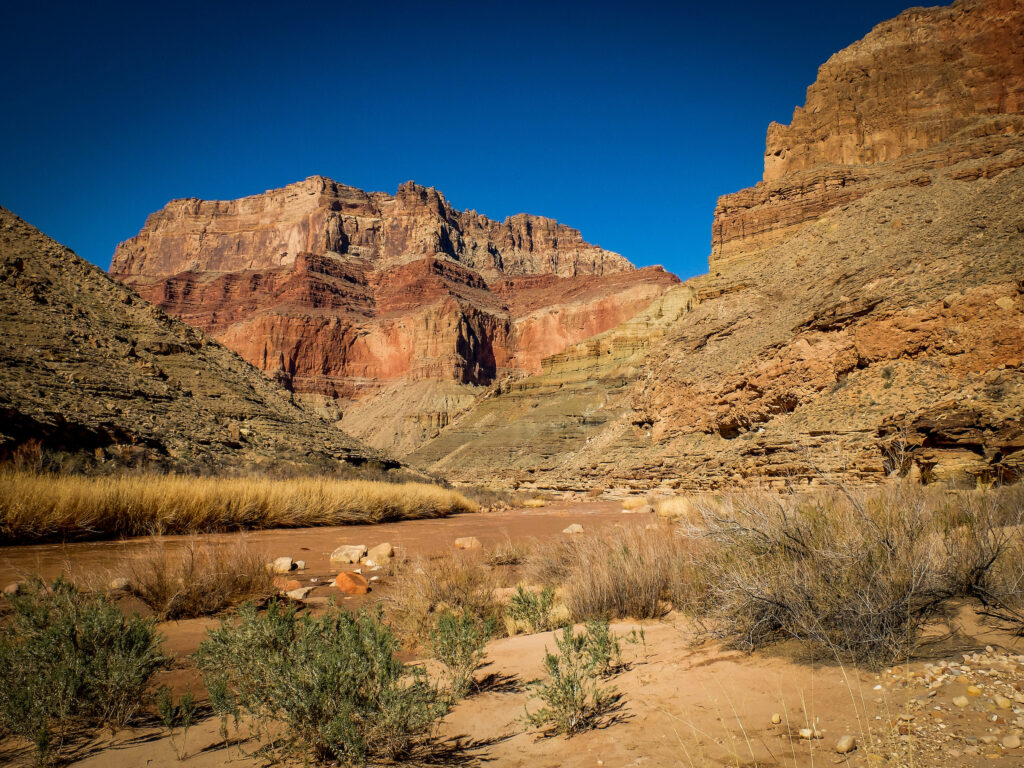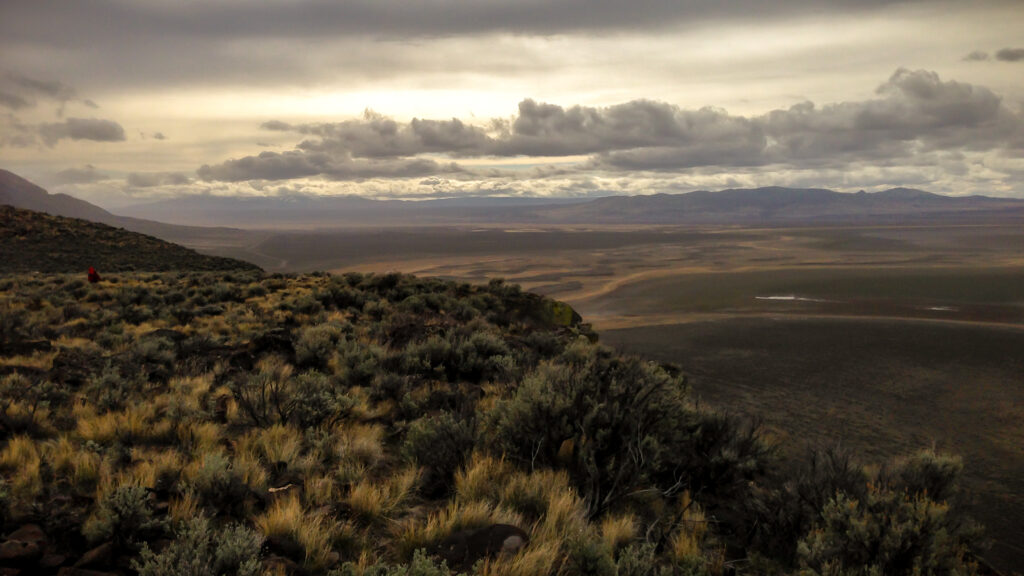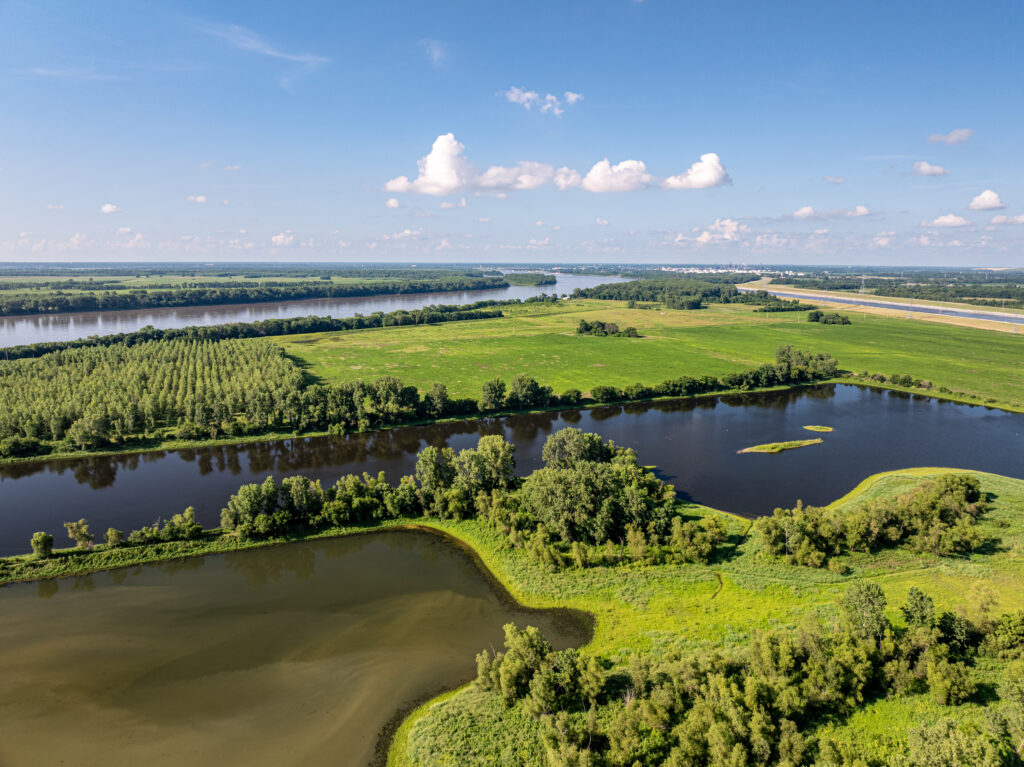Navigating the One Big Beautiful Bill Act: Three Key Provisions Impacting Water Infrastructure
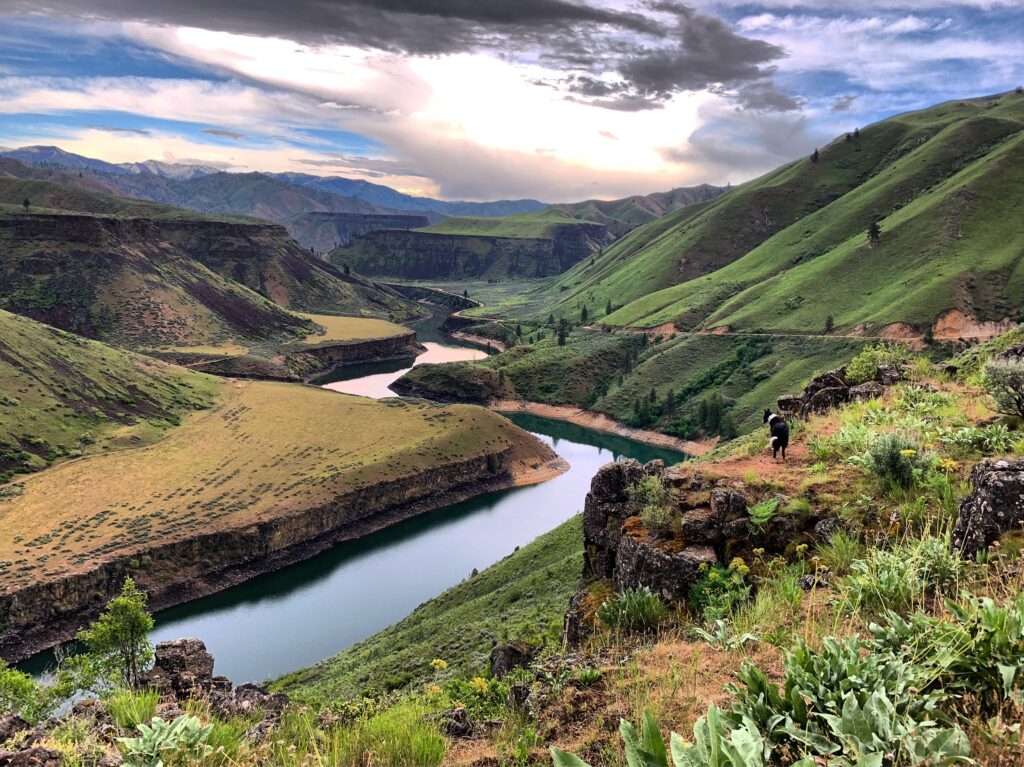
The One Big Beautiful Bill Act (OBBBA), also known as H.R. 1, is now law. Signed by President Trump on July 4 after months of intense negotiations, its path was anything but smooth. The legislation advanced through a fast-track process known as reconciliation, which allows members of Congress to bypass the typical 60-vote threshold in the Senate and pass bills with a simple majority in both chambers.
After passing the House, the bill moved to the Senate. Earlier this month, after substantial changes to the bill, the Senate passed H.R. 1 by a 51–50 vote, with Vice President J.D. Vance casting the tie-breaking vote. Three Republicans joined all Democrats and Independents in opposing the bill. Just 48 hours later, the House narrowly approved the Senate-amended bill by a vote of 218–214. All Democrats opposed the measure, joined by Republicans Thomas Massie of Kentucky and Brian Fitzpatrick of Pennsylvania.
The following analysis observes three ways in which the OBBBA presents modest opportunities and potential challenges for Western water infrastructure.
Revitalizing Western Water Infrastructure
Section 50501 authorizes and appropriates $1 billion to enhance conveyance facilities and improve surface water storage under the Bureau of Reclamation, which primarily operates in the West. Notably, this funding waives any reimbursement requirements or cost-sharing to states and tribes—offering a direct investment in Western water systems. Projects may include retrofitting dams like Shasta Dam for improved salmon migration, upgrading Colorado River facilities for greater efficiency, and addressing groundwater challenges.
While this funding provides a boost, it also raises concerns. Prioritizing the modernization of aging infrastructure without equal emphasis on long-term watershed health and public welfare could pose risks. And while $1 billion sounds substantial, it must stretch across 13 states with extensive and expensive needs—posing clear limitations.
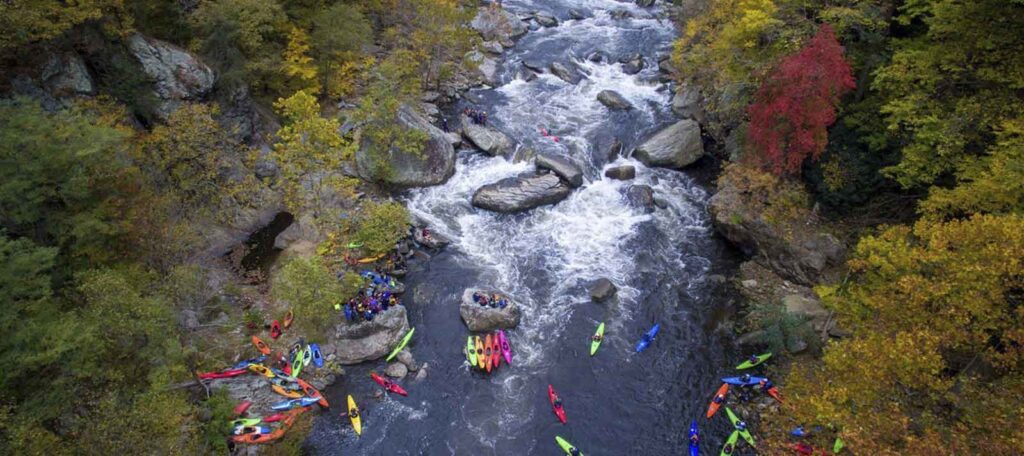
Let's Stay In Touch!
We’re hard at work for rivers and clean water. Sign up to get the most important news affecting your water and rivers delivered right to your inbox.
Expanding Hydropower and Grid Reliability
Sections 70512 and 70513 preserve tax credits for hydropower operators to upgrade facilities, improve dam safety, and modernize equipment—all of which help bolster grid reliability and reduce service disruptions. More efficient systems and expanded storage capacity can lower energy costs while supporting river restoration efforts.
In 2024, the Department of Energy awarded up to $430 million in incentive payments to 293 hydroelectric projects across 33 states, aiming to improve both performance and environmental standards. While outdated dams that are no longer in use need to come down, others continue to provide needed energy. Many of these hydropower facilities are over 80 years old and in critical need of modernization.
However, these tax credits are not permanent. They expire at the end of 2036, creating urgency to complete upgrades within a limited window. Strengthening agency guidance will be essential to ensure these improvements deliver lasting ecological and operational benefits.
Boosting Conservation Tools for Farmers
Section 10601 strengthens the USDA’s voluntary conservation partnerships by expanding long-term funding for key programs like EQIP, CSP, RCPP, and ACEP. These initiatives support farmers and ranchers in adopting practices that enhance soil health, water quality, and wildlife habitat—often benefiting rivers and streams as well. By adding resources to the Farm Bill’s permanent funding baseline, the OBBBA ensures more stable, long-term support for sustainable land and water management.
The bill also allocates $150 million to the Small Watershed Program (PL-566) to support flood control, watershed rehabilitation, and retrofitting or removal of outdated dams. These investments improve community resilience, reduce downstream flood risk, and restore river connectivity. Beginning in FY 2026, the bill also provides $1 million annually for the Grassroots Source Water Protection Program, which supports locally driven efforts to safeguard drinking water sources through upstream conservation.
These measures expand the conservation toolkit significantly. However, existing programs—though effective—are often oversubscribed and challenging to access, especially for small-scale farmers. Streamlining application processes and increasing technical support will be key to ensuring access.
What Happens Now
Looking ahead, American Rivers will work closely with federal agencies—including the Departments of the Interior, Agriculture, and Energy—to recommend projects that upgrade infrastructure, protect rivers, and enhance aquatic and riparian habitats. These efforts will improve how water is captured, stored, and delivered across communities.
Meanwhile, Capitol Hill is already discussing the possibility of another reconciliation bill. We’ll continue monitoring legislative developments and will keep our partners informed of opportunities to engage and advocate for smart, sustainable water policy.
